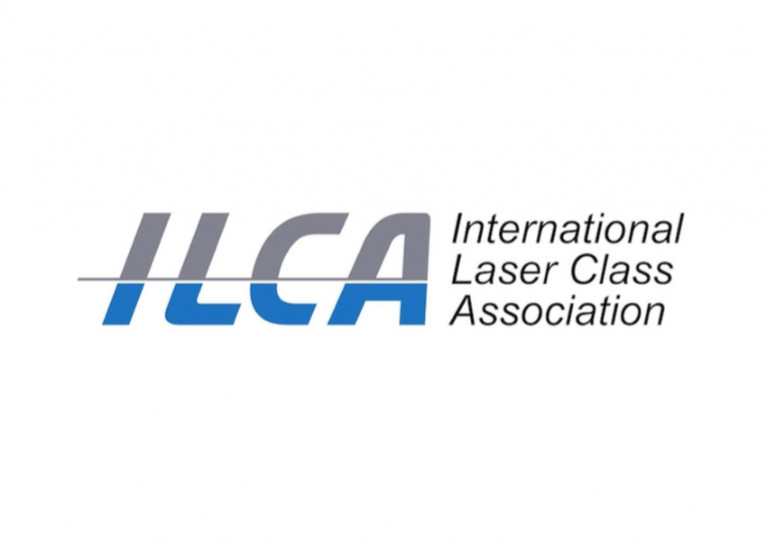Displaying items by tag: International Laser Class Association
The International Laser Class Association (ILCA) has announced its provisional list of new builder applicants for Laser class boats amid a process that began last autumn.
Manufacturers that have been approved to move forward in the application process are, in alphabetical order: Devoti Sailing in Poland; Element 6 Evolution in Thailand; Nautivela in Italy; the UK’s Ovington Boats; Qindao Zou Inter Marine in China; Argentina’s Rio tecna; and US firm Zim Sailing.
These applicants will now be subject to a further technical review to ensure compliance with the class one-design principles.
They will be required to obtain certified moulds and tooling from the ILCA and produce a number of pre-production boats to verify adherence to the strict specifications.
Meanwhile, under the terms of the Olympic Equipment Policy, there are other applicants in the approval process at this time that may also receive provisional approval at a future date.
At present the list does not include Laser Performance, which was removed as an approved builder in early 2019 over alleged breaches of the ILCA construction agreement.
Later the governing body announced the new ‘ILCA Dinghy’ title for class-approved boats, a move reportedly made necessary as Laser Performance holds the trademark to the ‘Laser’ name.
International Laser Class Association Now Accepting New Builder Applications
With the selection of the Laser class for the Olympic men’s and women’s single-handed dinghy events from Paris 2024 comes significant change to align with new class requirements, as Scuttlebutt Sailing News reports.
Previously restricted to a handful of licensed builders internationally, the International Laser Class Association (ILCA) must now abide by World Sailing rules which mandate that all selected equipment be open on a FRAND (fair, reasonable and non-discriminatory) basis to any party to manufacture and sell, so long as they meet the necessary technical qualifications.
As a result, the ILCA class rules now “allow builders and suppliers to manufacture and sell class-legal equipment under alternative trademarks, as long as all equipment is compliant with the construction manual”.
In a statement announcing the change and their welcoming of new builder applications, the ILCA says: “A cornerstone principle of our class that remains enshrined in the new policy is that all boats and equipment sold by the class builders and used in class racing must be made in strict compliance with the specification of the class construction manual.
“ILCA is committed to continuing this strict one-design principle and ensuring that all new and existing manufacturers maintain the highest uniform standards.”
The body maintains that the Laser class “will remain what it has always been, a mass-produced one-design boat built within construction tolerances set down to allow for the mass production process”.
“No attempt at optimization of the boat or equipment within the allowable tolerances will be permitted and all boats must be constructed from molds and tooling certified by the class, as they have been in the past,” it says.
Starting immediately, a “multi-stage formal application process” will enable ILCA to “identify new builders that have the relevant expertise, experience, competence and business strength to meet the class builder requirements”.
The shift follows disarray in the class earlier this year after Laser Performance was removed as an approved builder over alleged breaches of the ILCA construction agreement. Subsequently the governing body announced the new ‘ILCA Dinghy’ title for class-approved boats, a move reportedly made necessary as Laser Performance holds the trademark to the ‘Laser’ name.































































